Happiness, respect, human rights, a healthy environment, a place to live, access to education, food, and social connections are all important. These are but a handful of the numerous facets of our existence that hold significance for us.
One of the most vibrant economies in East Asia and the Pacific has been that of the Philippines. The Philippines has a large and youthful population, a growing middle class, and increasing urbanization. The country's economic dynamism is based on strong consumer demand, which is reinforced by a thriving labor market such as the manufacturing sector and substantial remittances. The services sector, which includes business process outsourcing, wholesale and retail trade, real estate, and tourism, is contributing to the private sector's continued buoyancy.
Growth, prosperity, and poverty are frequently quantified in monetary terms, especially in terms of people's income. However, monetary measures have the significant drawback of being abstract, despite having some significant advantages. In the worst situation, monetary metrics such as GDP growth per capita are so ethereal that we lose sight of their true significance, which is the ability of individuals to obtain goods and services.
Over the years, inflation has been evident. The question is, will the Philippines have a strong growth momentum this 2024? The COVID-19 pandemic halted the Philippines' hopes of becoming an upper-middle-income nation, but officials in charge of the economy are still hopeful that the goal can be met by 2025. If a new era of global political and economic rebalancing is underway, the Philippines must navigate both domestic obstacles and global economic opportunities. Read on to know the significance of economic growth and the future of Philippine economy.
A look at the 2024 Philippine economy forecast
According to the Finance Secretary of the Philippines, the country's economy is predicted to grow strongly again this year, mostly due to increased private consumption and ongoing structural reforms.
The Philippines' economy has demonstrated a robust growth from the COVID-19 pandemic in 2023, as evidenced by the third quarter of 2023 GDP growth of 5.9% y/y, up from 4.3% y/y in the second quarter.
In 2023, the Philippine economy expanded by 5.7%. The Philippine economy has recovered well from the COVID-19 pandemic, according to a recent report from the International Monetary Fund, despite supply chain disruptions, inflationary pressures, and decreased tourism-related income.
The COVID-19 pandemic in 2022 caused the Philippines' economy to grow at its fastest rate since 1976, but it recovered strongly, and the country's economy is still expanding quickly in 2023. In 2022, the GDP growth rate of 7.6% was on par with some of the fastest growing large emerging markets globally, such as the oil-exporting countries of the Gulf Cooperation Council, namely Saudi Arabia and the United Arab Emirates, and other rapidly growing Asian emerging economies like Malaysia, Vietnam, and India.
Even with the ongoing strong El Niño and trade and geopolitical tensions, the country's growth is anticipated to come from robust public spending, falling oil prices, rising private consumption, increased investments attracted by the country's investment-grade credit rating, sound macroeconomic fundamentals, and the implementation of structural reforms.
However, according to a report from the United Nations, the growth is anticipated to fall short of the government's target, but it is predicted to grow faster this year than it did last year. The Philippines' GDP is expected to grow by 5.8% this year, according to the UN World Economic Situation and Prospects 2024 report. This is a higher gross domestic product growth forecast than the 5.4 percent growth predicted for the previous year. Nevertheless, the UN's estimates of the Philippines' economic growth for this year and 2023 fall short of the goals established by the government.
The finance secretary emphasized that we must address the remaining economic agenda items. In order to accomplish this, the country needs a major support from the national government, local governments, and GOCCs. Through the pursuit of close coordination between these units, we can realize our full potential and establish long-term economic success.
Why is economic growth important?
Economic growth is necessary for the welfare of its society. Extreme poverty is a complex issue that involves social, political, and cultural factors in addition to economic ones. Therefore, a comprehensive package of well-coordinated measures is needed to address poverty, rather than relying solely on economic policies. Poverty is defined as an intolerable deprivation of human well-being that can include both social and physiological deprivation in the World Bank's 2000 World Development Report. The failure to provide for fundamental material or biological needs, such as insufficient food, health, education, and housing, is known as physiological deprivation. If someone cannot afford the products and services necessary to satisfy these fundamental material needs, they may be deemed impoverished.
The national government budget and the nation's plans for reducing poverty must be funded in a sustainable, noninflationary way in order to maintain macroeconomic stability. Iterative processes are used in the development and integration of a nation's macroeconomic policy and strategy for poverty reduction.
The World Bank reports that between 1985 and 2018, the Philippines' poverty rate fell by two thirds as a result of economic growth programs and infrastructural investments, including in education. But because there were more opportunities in the most populated areas, those were the areas where the improvements were concentrated the most. The Asian Development Bank reports that the wealthiest 1% of earners have benefited the most, taking home 17% of the nation's income, while the lowest-earning 50% of the population only receives 14%.
There are various structural factors that lead to the income inequality in the Philippines. Many still lack access to higher education and opportunities to develop their job skills. Social norms that disadvantage women and unequal college admission are two more factors in the persistence of inequality. The uneven distribution of opportunities and natural resources in this archipelago nation further complicates the problem's resolution.
Ways to achieve economic recovery
Many people want to know how they can support regional economic growth, regardless of their personal financial circumstances, whether they are local or national. Although the majority of significant economic change is driven by the actions of large corporations and Philippine government officials, there are some things you can do to support improved economic conditions. By supporting local stores and services, you can support local companies and employment by first making an investment in your community's economy.
Cities and nations have very different economic strengths and weaknesses. Select a specific economic market that you wish to influence, then begin studying the state of the economy there. One excellent place to start is the website of a local or a national agency.
Economic concerns are ever-evolving. By reading or watching news from a variety of sources, including those with opposing political views to your own, you can ensure that you are aware of the most recent information. This aids in your comprehension of the present economic problems and the most effective ways to address them.
Organize talks at your community centers by local economic experts to keep your community informed and involved. Consider the issues that are most pertinent to your community, and discuss organizing events that will allow them to interact with your community with experts who have local knowledge.
Advocating for local economic policy reform and keeping yourself and your community informed about the most recent developments in the economy are two ways you can support larger change.

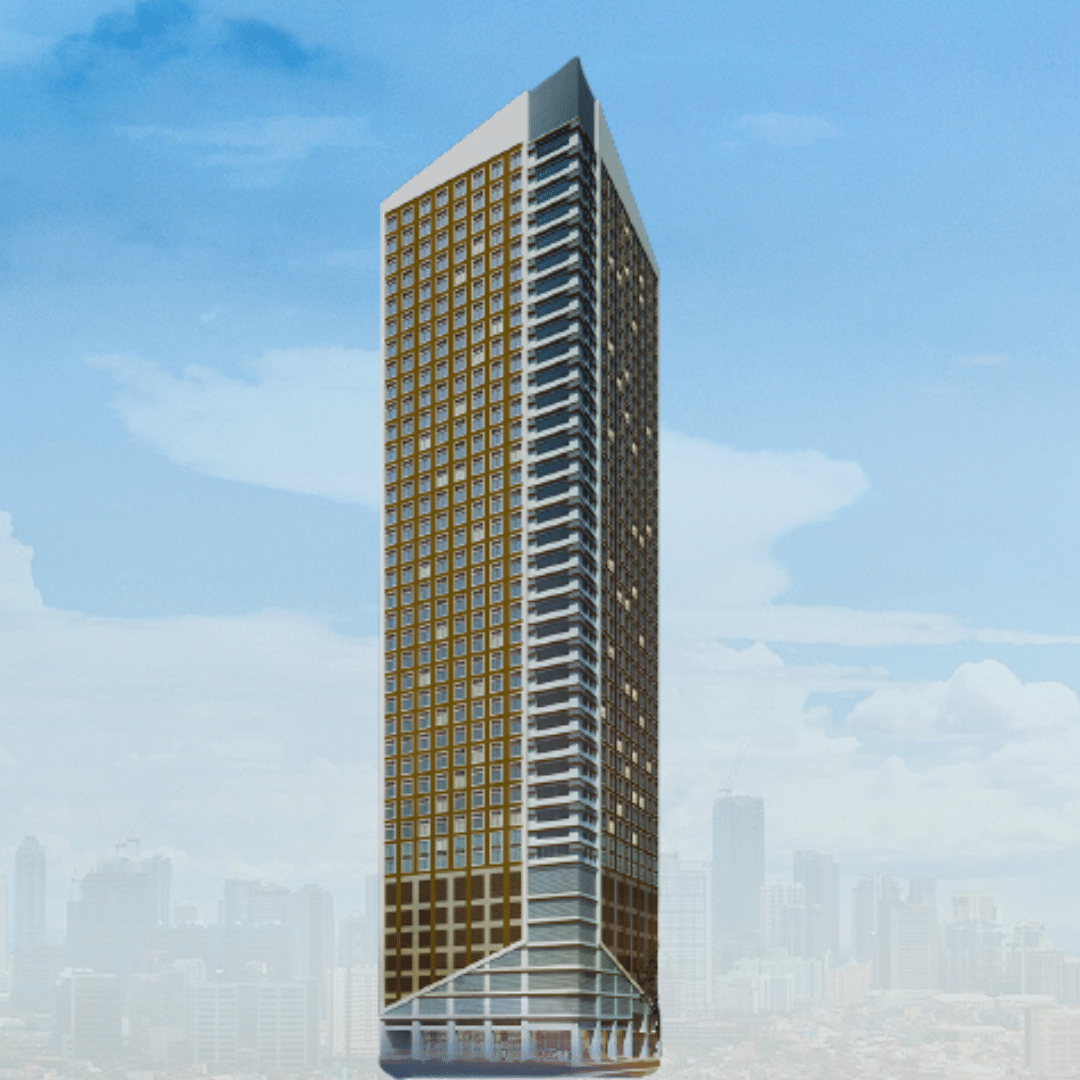
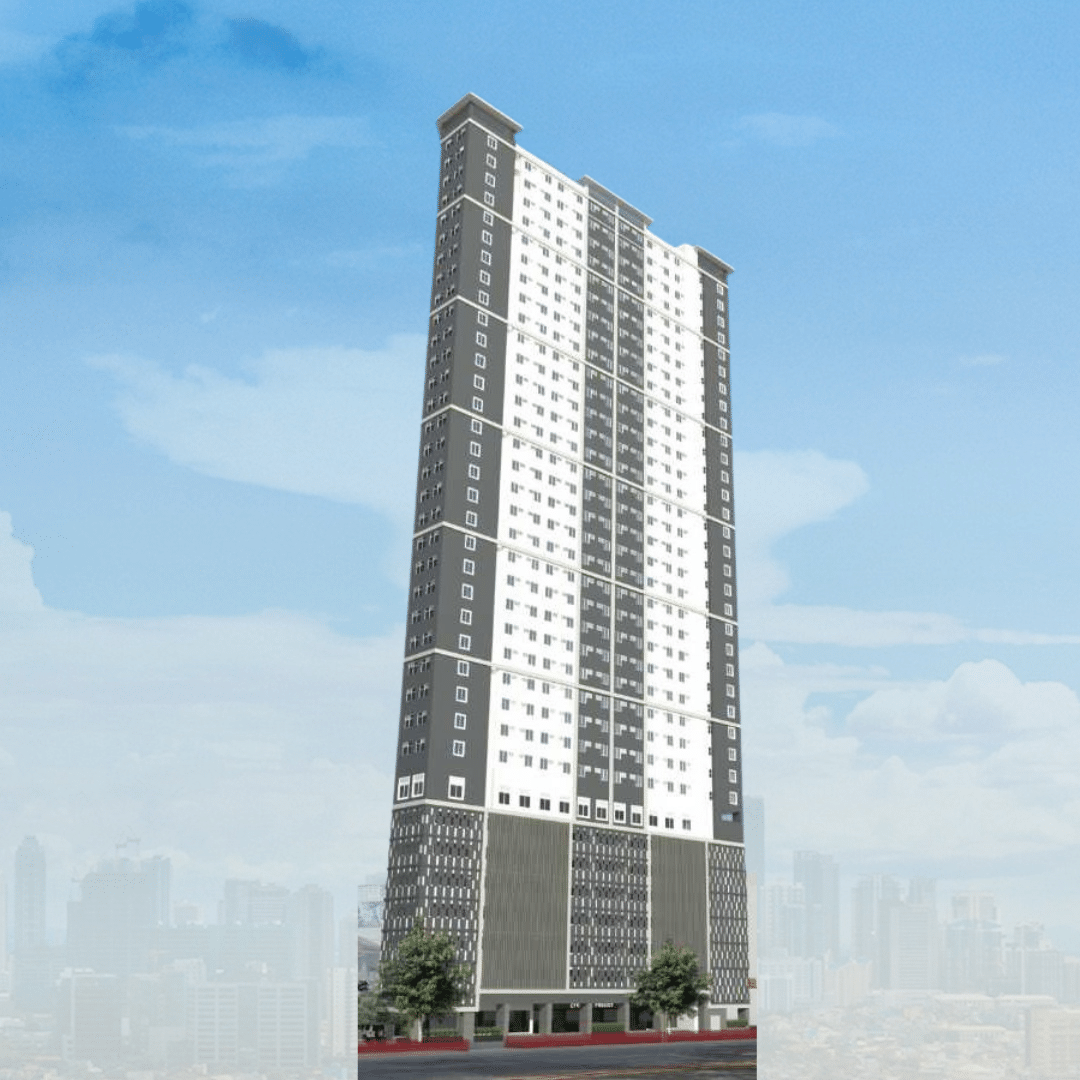
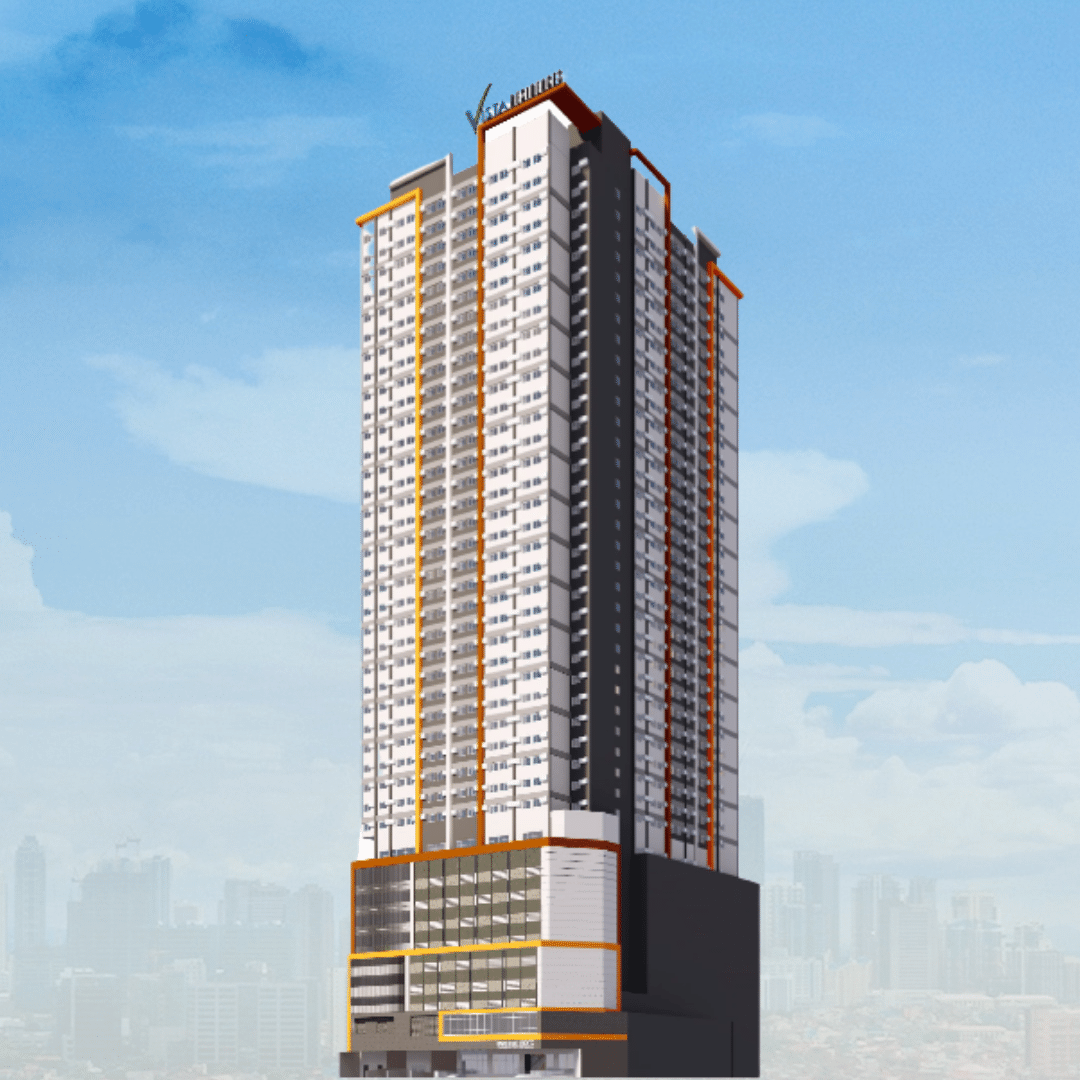
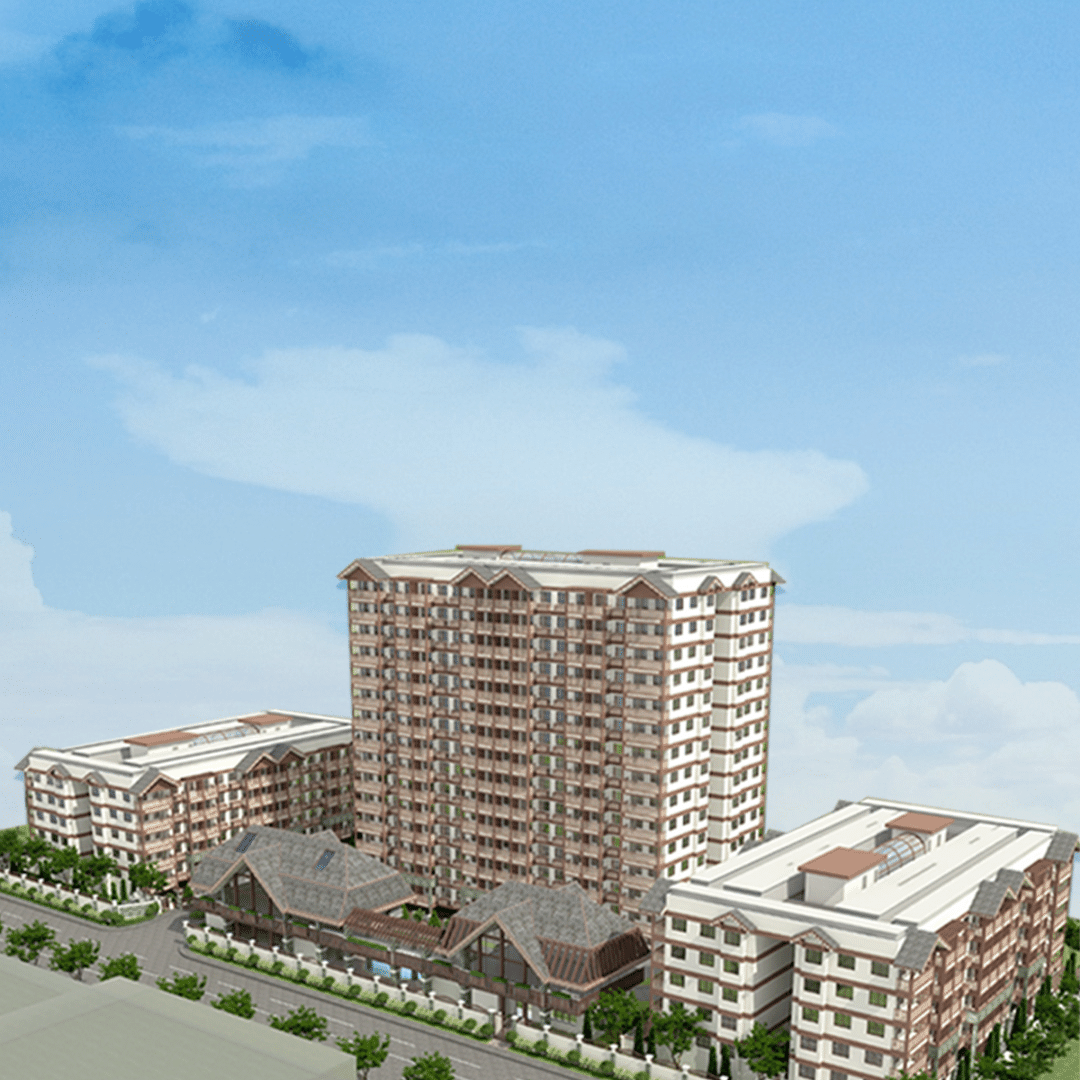
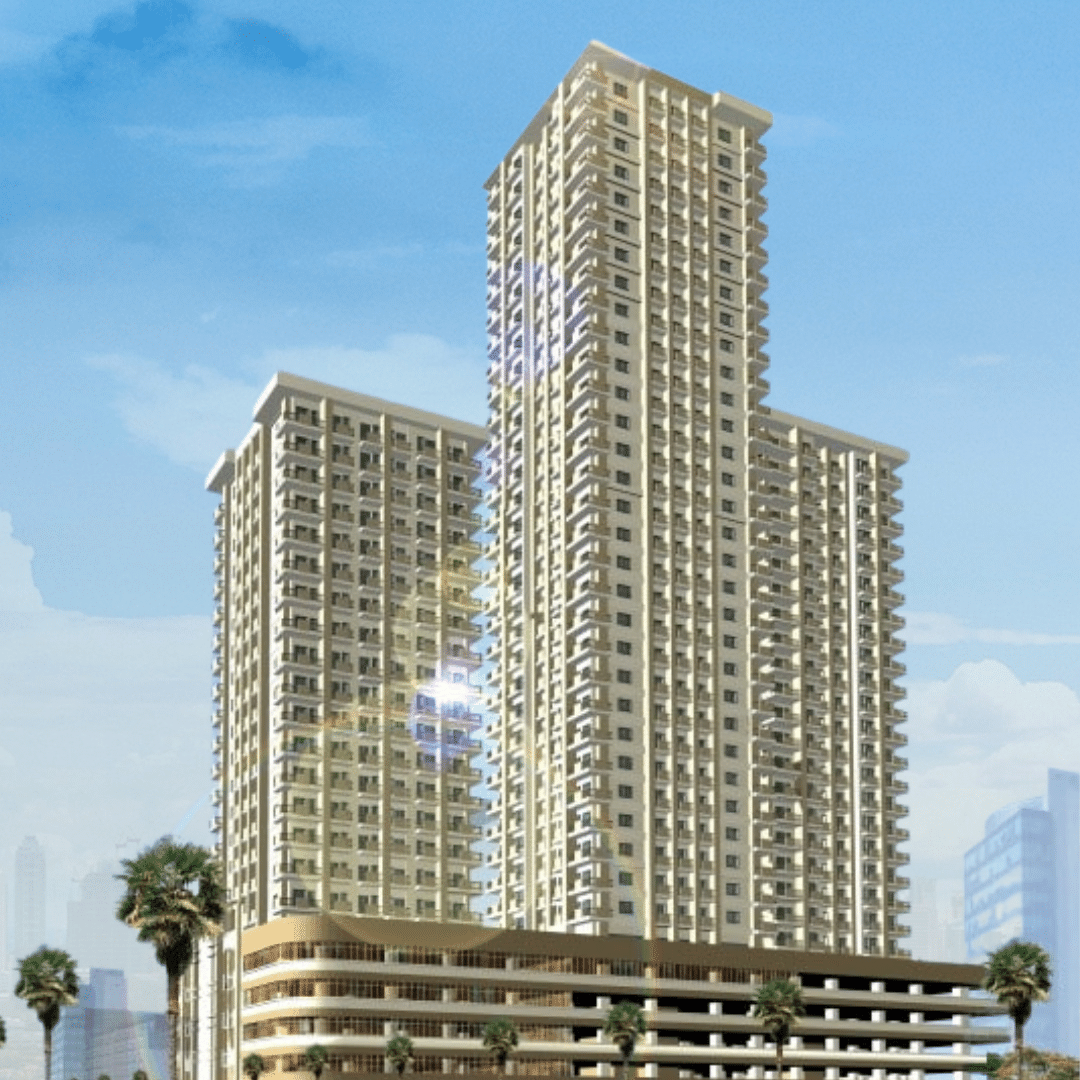
_11zon.jpg)